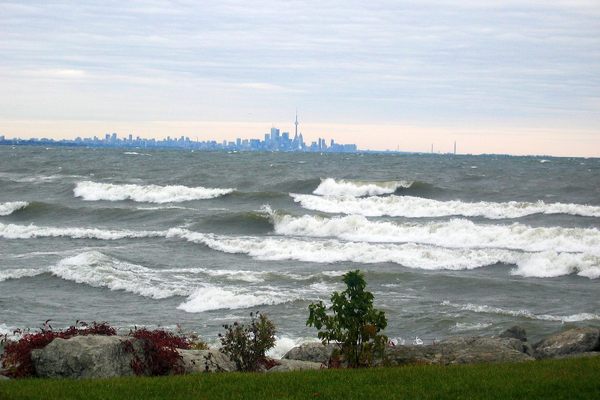Estonia Is Going to Grow Several Inches in a Single Day
When the country switches from Russian to European standards.

Parts of Estonia will soon be between six and nine-and-a-half inches taller after the country said this week that they will stop using a Russian standard for sea level and change to the system used across Western Europe.
The Russian system measures sea level from a tide gauge called Kronstadt in St. Petersburg, while the European system is based on the Amsterdam Ordnance Datum, a gauge that has its origins in the 17th century.
The difference between the two measurements can be nearly a foot, so official elevations across Estonia will have to be changed when the switchover goes into effect on New Year’s Day in 2018.
One positive effect of the change is that construction projects that cross the border with Latvia, which already uses the European system, will no longer require conversions. In addition, places such as Suur-Munamägi, Estonia’s highest point, will gain around 8 inches, making it 1,041 feet high. (Estonia, like the rest of the Baltic states, is one of the flattest countries in the world.) The change will also coincide with the 100th anniversary of Estonia’s declaration of independence.
“The Baltic elevation system of 1977 is obsolete,” an official told the national broadcaster EER, referring to the year it was formalized, “and then there’s the wish to be in one and the same system with Europe.”










Follow us on Twitter to get the latest on the world's hidden wonders.
Like us on Facebook to get the latest on the world's hidden wonders.
Follow us on Twitter Like us on Facebook